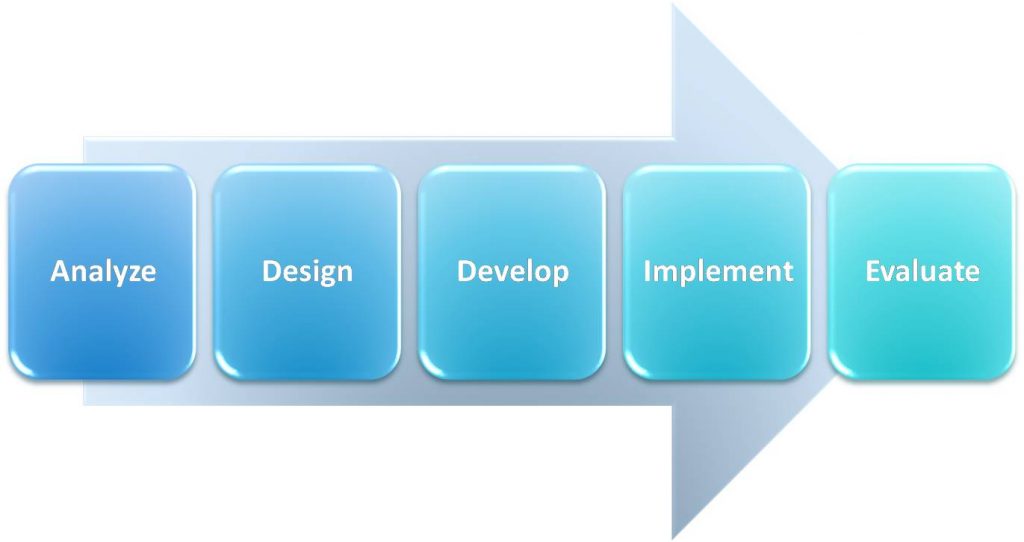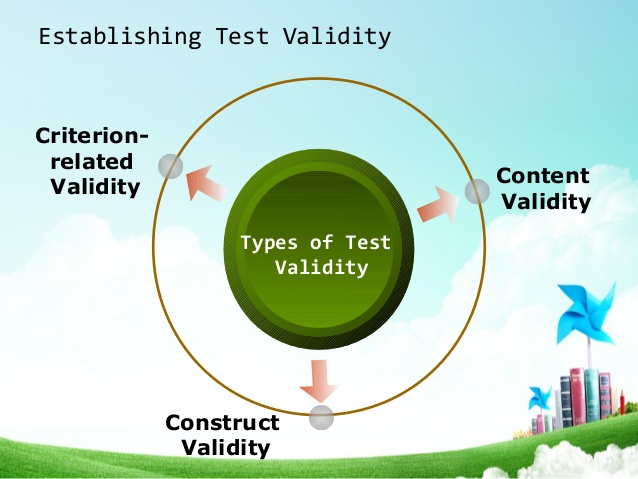You may have seen the obituary; it’s been all over the training landscape – ADDIE is DEAD; long live ADDIE! As someone who was educated on the ADDIE model and has used it successfully for over 30 years, I was skeptical, I admit. But I have always believed in the power of an open mind, so I signed up for a recent webinar about the need to abandon ADDIE in favor of more modern approaches.
The first thing I learned is that e-learning is driving this search for an updated instructional design model. The presenters were e-learning experts and their examples were all taken from the online learning world. Having worked on e-learning projects, I can relate to the need for more detailed prescriptions to guide the design and development phases. But does the complexity of software development require us to abandon ADDIE altogether or to update it for the 21st century?
The next thing I learned is that the advocates of these newer, software-development driven models are not actually claiming that designers should completely abandon their tried and true friend ADDIE. When pressed, they admit that instructional design should still start with A for Analysis and that the two Ds (Design and Development) remain unique and separate stages of the process. Furthermore, they also don’t negate ‘I’ for Implementation, but simply see it as the deployment of software rather than a classroom event. Finally, ‘E’ for Evaluation is still important; in fact some of the Young Turks claim it is more important than ever in a world demanding accountability.
My head started to hurt a bit at this point. If all five letters of ADDIE are still intact and relevant, why, o why, should instructional designers abandon it? The main reason I learned is that the design and development process, the very heart of ADDIE, does not work well for e-learning. Instead of a straightforward linear path followed in instructor-led training from performance analysis to needs assessment to design blueprint to learning materials to classroom delivery to program evaluation, the e-learning world is too complex, with too many uncontrollable variables, to fit neatly into a linear design model. Instead, D&D are viewed as cyclical processes, with successive iterations of design and development moving closer to the end product. This is the model that is most widely used in software development today.
Besides this insight on the development process for e-learning, I also learned that instructional designers have picked up some very bad habits over the years that they need to break. As I listened to the list of no-no’s, I found my head nodding in agreement on most points. Yes, it’s a bad idea to ignore the client and cut them out of the design process. Yes, we should not impose external templates and technology standards that do not meet the client’s needs. Yes, too often, we let reams of storyboarded content drive our development instead of focusing on the job performance and skills we are trying to improve. But there’s nothing in ADDIE that mandates we do any of these things.
At the end of the webinar, my takeaway was that it is not so much the ADDIE model that is broken. Rather, it is the way we have implemented ADDIE, especially on enterprise-wide learning projects involving learning technology, which has been our biggest obstacle. ADDIE was never a highly prescriptive model. It was meant to describe, in five easily remembered words, the essential process of systematic instructional design. Since its invention more than 50 years ago, ADDIE has served as a unifying model of instructional design and has inspired countless experts to delve into the particulars of each phase and provide sage advice on how best to apply ADDIE in a wide variety of settings. I don’t see anything about e-learning that is so unique that we need to abandon everything we have ever learned about instructional design. Indeed, I believe we abandon the past at our peril, especially when we make little effort to understand it and learn from its lessons.
I appreciate the pioneering efforts of those in our field who are leading the way into the digital age with learning that follows us anywhere. It is exceedingly important that we meet learners wherever they are and deliver useful knowledge and skill faster and better than ever before. I even understand how new movements have to denounce the past and build their own myths in order to create the future. However, I also fear that we run the risk of emulating the fashion industry if we pursue every fad that comes along as if it were the Holy Grail.
Let’s be realistic, folks. Learning is hard work and it always will be. It requires our brains to do some of the most difficult things we ever ask of them. Furthermore, designing effective customized instruction that enables useful learning will always require immense knowledge, skill and creativity. Let’s not get too caught up in debates about models, lest we forget our very purpose.
As Mark Twain observed, after reading his own obituary mistakenly printed in a newspaper, “the report of my death was an exaggeration.” So too, I fear, is ADDIE’s premature obituary.
What do you think? Are you still using ADDIE or have you abandoned it for something newer?




